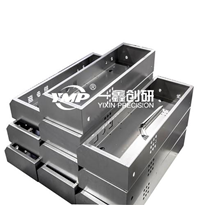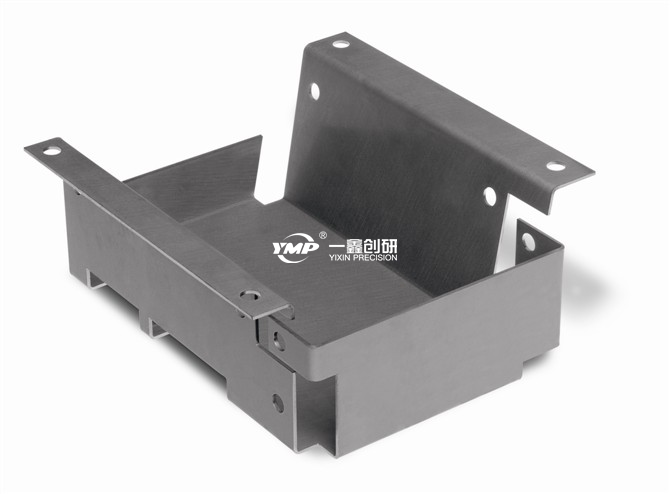Sheet metal processing is a comprehensive cold processing process for metal sheets.
Sheet metal processing is a common CNC machining method. It is also a professional skill that CNC workers should be proficient in. It is also an important process for forming sheet metal products.
Modern sheet metal processing mainly includes cutting, punching, bending and forming methods as well as various process parameters and many other information.
Sheet metal processing is an operation that uses machine tools to cut, bend, and shape various sheet metal sheets. Usually used in automobile vehicle parts manufacturing, electronic equipment, industrial and medical equipment, etc.;
So generally speaking, what is the process of sheet metal processing?

A-According to customer needs and drawings, sheet metal processing manufacturers need to design the size, shape and structure of sheet metal parts that meet the requirements of the drawings;
B-Sheet metal spare material preparation. According to the design requirements of the previous stage, select appropriate sheet metal materials and perform cutting, bending, punching and other processing in a timely manner;
C-Processing. According to the drawing requirements, use sheet metal processing machinery and equipment to perform various processing operations on spare materials, such as welding, stamping, etc.;
D-Surface treatment. After various processes are carried out on each sheet metal part, surface treatment such as spraying, electroplating, polishing, oxidation, etc. must be carried out on the sheet metal part.
E-workpiece assembly. At this step, you need to assemble the processed sheet metal parts into a finished product that meets the complete drawing requirements.
F-Inspection of sheet metal parts. Quality inspectors will conduct strict quality inspections on processed sheet metal products in accordance with the drawing requirements to ensure that the products meet design requirements and quality standards.
G-workpiece packaging. Pack the bow and arrow products that have passed the inspection to ensure that they will not be damaged during long-distance transportation, and finally deliver them to users with guaranteed quality and quantity;

Among the various processes of sheet metal processing, the main processes of sheet metal processing include blanking, shearing, punching, bending, riveting, splicing, forming and many other processes.
1-Blanking refers to cutting the workpiece from the raw material to the required length or size. The main functions of blanking are:
Save raw materials: If the materials are not cut, the raw materials that need to be processed will become too long, resulting in waste;
Reduce processing difficulty: Too long workpieces may cause unstable lathe operation and affect processing accuracy. Cutting materials can reduce processing difficulty and ensure processing quality;
Improve processing efficiency: Cutting materials can improve processing efficiency, avoid repeated processing, and save processing time.
The blanking processing methods include general punching, multiple punching, shearing, laser cutting, and segmentation. Among them, digital punching and laser cutting are the main methods of sheet metal processing.
2-Sheet metal shearing, also called cutting material. Relevant personnel of the hardware processing enterprise must use the drawing requirements provided by the user as a blueprint and use a cutting machine to remove the raw materials of appropriate sizes from the larger plates to make subsequent processing easier. Due to the different quantities of processed products, when the quantity is too large, it is necessary to mark the serial number after each cutting is completed to avoid confusion.
3-Sheet metal blanking refers to a stamping process that uses a die to separate part of the material or process piece from another part of the material, process piece or scrap. Blanking is a general term for many separate processes including shearing, blanking, punching, punching, grooving, sectioning, chiseling, and trimming.
4-Sheet metal bending. Bending is a process that changes the angle of a sheet or plate. Basically, flat metal sheets are bent into different shapes. For example, V-shaped, U-shaped or grooved, etc.
The above is the relevant process of sheet metal processing summarized by the editor.